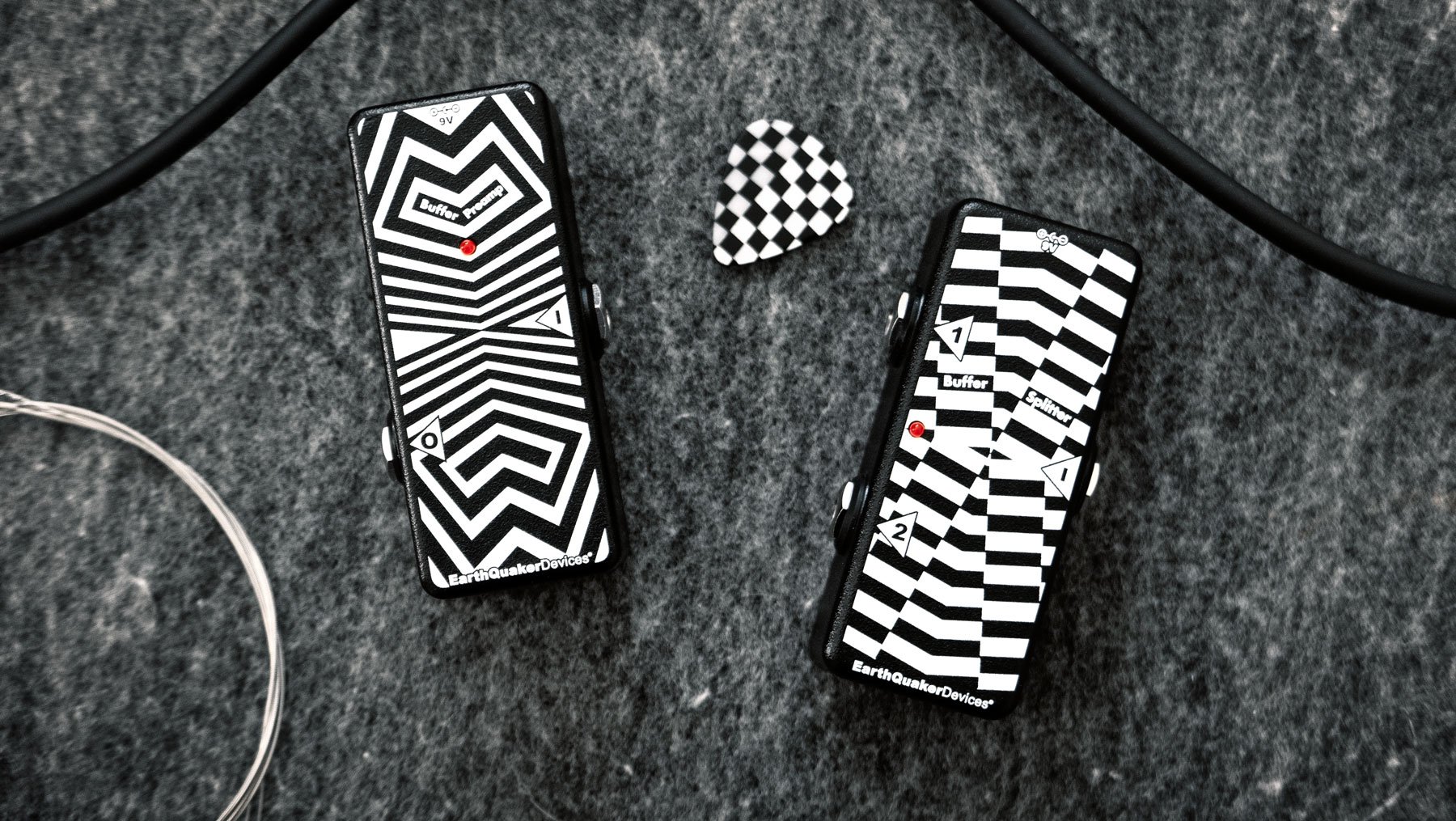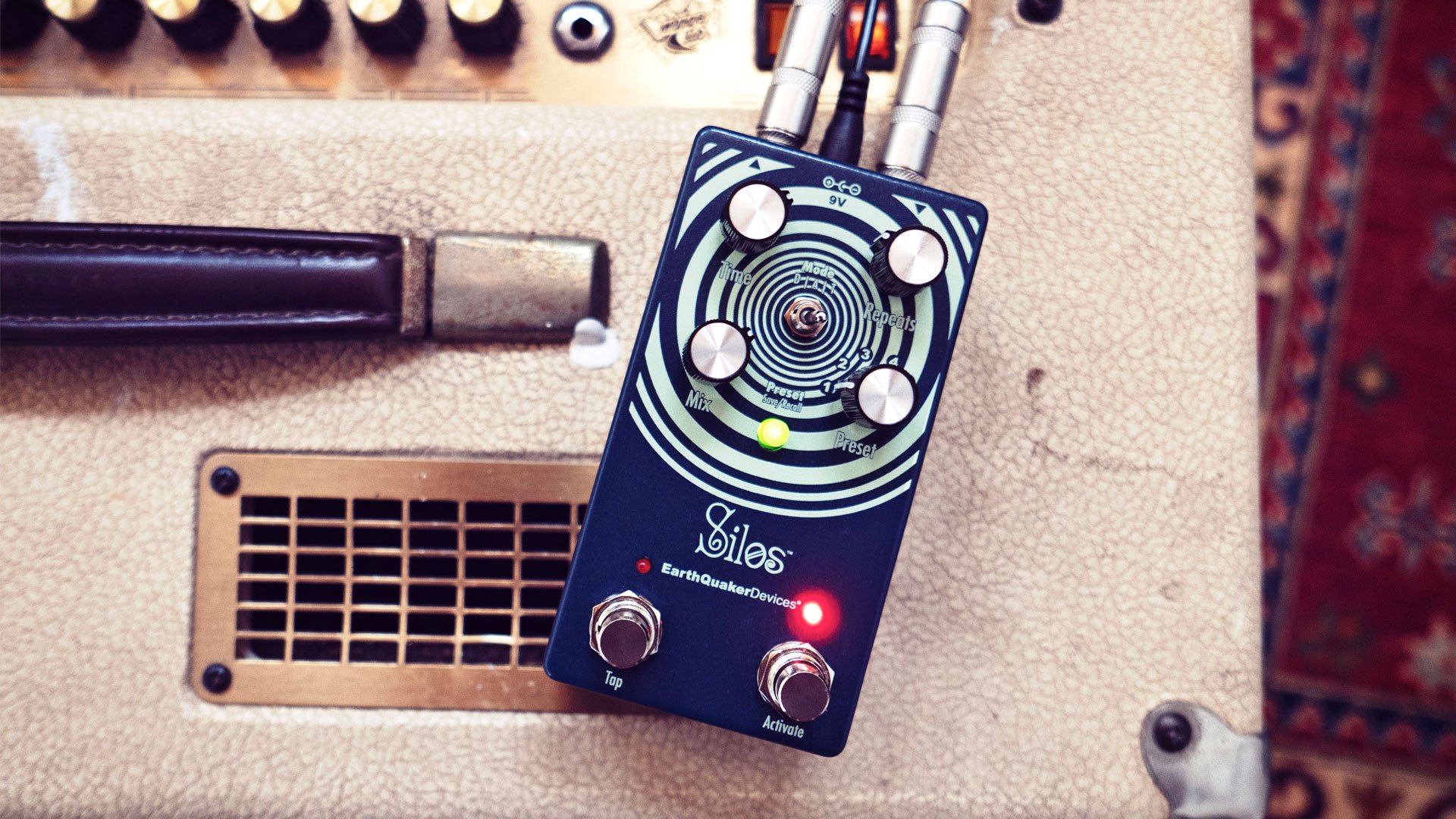Electrifying String Instruments
Jozef Nadj
Living in a digital age, many string players (including myself) have wondered the same thing: “What do I need and what do I do to join the party?” Having your instrument “electrified” gives you options to record, play in a band with loud instruments like drums and electric guitars, and can further nurture your creative soul once you get into the zone using effects. I want to offer some guidelines to hopefully make the process quicker, less stressful and budget-friendly. I will be focusing on acoustic instruments you would use on a daily basis for gigs, sessions and recordings. Electric violins, cellos and basses are simply plug and play, so I won’t cover them here.
When I started playing, the first question I had was, “How do I get the sound from my violin to an amp?” Immediately I thought about a microphone. I picked one up, placed it on the stand, fired up my amp and started rocking. The experience wasn’t bad but it was far from what I expected. It was too complicated to find the best placement of the mic; it was fading in and out and the signal was weak overall. I realized I needed something better. (To be clear, I wasn’t using top of the line mics you find in professional studios, and most likely you wouldn’t be using one either, therefore my focus is not on mics).
My next option was to get a pickup. A pickup is a transducer that captures the vibrations of your instrument and converts them to an electrical signal that is sent to your amp. There are different types of pickups and I settled for a piezo Fishman V-200 as it has the natural sound I was looking for; no instrument modifications needed, installs in two minutes and uses a regular ¼” cable. This was my personal choice but there are other good pickups, and you should test them before getting one. As for pickup placement, the easiest way (and probably the best) is to place it on the bridge. The signal I was getting compared to the mic was much better, more steady and I could move freely and focus on my playing. Using this pickup, I did notice that I still needed a stronger signal and some sort of equalizer to adjust the frequencies. Most of the time I was getting too much treble, too little bass and almost no middle. I figured I needed a preamp and EQ. A preamp is just a signal booster that goes between your pickup and the amp. EQ lets you change the frequencies to your liking. I was happy to find the Fishman Platinum Pro EQ pedal, which is a multi-purpose unit and includes preamp, compression, equalizer, tuner, boost and is also a DI box. It has a specific control to handle middle frequencies. This unit is magic! With it, my sound is warm and closest to the natural violin sound I was after. If there’s one pedal I use at every gig, this is the one. It works on a single 9V battery, in case you end up playing an outdoor event with limited power supply.
My next step was to explore other effects, start working on a pedalboard and pick a decent amp.
Putting together a pedalboard is really fun (but can also be tedious). Start with an idea of how many pedals you want to use. Always leave room for at least one extra pedal; you’ll need it later on. You will also need several patch cables and a power supply.
While some of the effects are self-explanatory, some adjustments might be needed to make them work properly on your instrument. Most overdrive or distortion effects can work as a preamp; you just have to bring the level up and keep the gain down, and if you want some distortion or overdrive you still have that option. Preamp would be the first pedal I would go to from my instrument. Some pedals I like are the Boss SD-1, EarthQuaker Arrows, which is a preamp booster, and the MXR Classic OD. Cello with a distortion sounds close to electric guitar, for example. If you’re not into distortion/overdrive, most EQ effects have a built-in preamp, so you can adjust your tone and boost it, all in one unit, which is very handy. The Fishman Platinum Pro EQ does everything EQ and preamp-related on my board. Using distortion/overdrive can be very cool; just be careful as these effects tend to feedback quickly.
One of my favorite effects is wah-wah, both as a classic wah pedal, like the Dunlop Cry Baby, or an auto-wah. It has a very unique sound and goes well with other effects. If you like your tone a bit warmer, I would recommend adding chorus to your setup. Depending on where you set the controls, it can be subtle or you can get a more wobbly effect.
Another effect that is on top of my list is delay. While some people prefer reverb over delay, I like delay as it gives you more control while playing. Some pedals I like are the EarthQuaker Dispatch Master; NUX Konsequent; Boss DD-3 and Mooer Baby Water (which is delay and chorus in one unit).
As a violinist I have to mention octave effects as well. Selecting an octave below its range can sound awesome and can make your tone thick, which can be helpful when playing riffs (like bass lines). An octave up will get you similar sounds to an accordion. I use a Mooer Tender Octave Pro.
A tuner pedal with an on/off switch will be your best friend when you have to tune on stage surrounded with walls of equipment. Having a boost effect comes handy when you need your signal louder instantly, like when soloing.
You can play around with the order of the effects, but here’s the way I route my board: Instrument with pickup - preamp - tuner - wah - EQ - overdrive/distortion - chorus - delay - looper. There’s no perfect way, just the best way YOU like.
Loopers are very popular, and are good for practicing and for live performances if you’re playing solo. Popular models are the TC Electronic Ditto and Boss RC series. Boss pedals will give you more options. I like to place the looper at the end of my fx line so it captures all the effects off the board. I strongly encourage you to go into your local music store and try everything out in person.
When it comes to recording, all you need is to send the signal from your board/amp to your DAW/computer. You can place a mic over it or use the line out from the amp. I like having two channels, one clean from my preamp (Fishman Platinum Pro EQ) and one from the amp with effects on them. This way I can always have the clean sound in case I like it better or need it for further editing.
Amps
There are two types of amps - tube and solid state. There are also some hybrid amps which are a mix of the two. Tube amps use one or more vacuum tubes to amplify the signal. Solid state amps use solid state electronics (diodes, transistors, etc.) to do the same, like radios. Some professional musicians and music gear geeks favor the “all tube” amplifiers, claiming the sound has more warmth. I prefer tube amps myself, but I also have solid state amps. Depending on the occasion and the show, I pick the amp accordingly. My favorite tube amp is a Jet City 2212c, which is only a 20W amp but it rocks when pushed. I personally favor the amps with no effects on them, having a simple gain/EQ/volume and/or master volume knobs. The more stuff amps have, the more complicated they can get.
I like things simple. Some solid state amps have “onboard effects”. For smaller venues I use a Fishman Loudbox Mini; it has two inputs - XLR and ¼” - and an aux in for my backing tracks. Each of the inputs have their own EQ and reverb. It’s also very portable which matters when carrying stuff everyday.
Tube amps are generally more expensive, but your ears are your best judge here. Tube amps require replacing the tubes and need tweaking every now and then, while solid state amps usually don’t need as much care. You can easily recognize the difference as tube amps have two switches next to each other: power and stand by. Solid state amps generally have one power switch. As I mentioned above, go to the store and try many until you find the one that provides the sound you’re looking for.
I hope I answered some of the questions and would like to hear your experience. Check out my sound and keep rocking!
Jozef Nadj is a contemporary violinist, recording artist and educator based in Boston. Classically trained from a young age, he entered the modern world in his teens looking for something different. Influenced by jazz, rock, funk and blues, he has established his own style using various effects and amps defining violin as a modern instrument.




